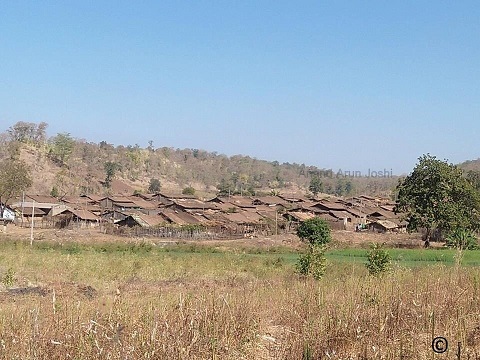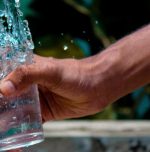How the Water Wheel is changing lives in rural India

In many Indian villages, fetching water is one of the most physically demanding daily tasks, especially for women.
A simple innovation, the water wheel, is now transforming this laborious chore into a much more manageable activity.
Developed to address the challenges of water transportation in rural areas, the water wheel is a cylindrical, human-safe plastic drum that can hold up to 45-50 litres of water.
Unlike traditional steel or plastic pots that are carried on the head or waist, this drum is designed to be rolled along the ground using a handle, either plastic or metal.
This drastically reduces the physical strain on users and allows them to transport more water in fewer trips.
The material used, food-grade, high-density polyethene, ensures that the water remains safe for drinking and household use.
More importantly, the design is tailored for rugged terrain, making it ideal for rural India, where water sources are often miles away from homes.
In 2015, Habitat for Humanity India introduced the water wheel to 500 families in Aurangabad.
Since then, the initiative has expanded to over 3,000 families across Maharashtra’s Aurangabad, Latur, Nanded, Osmanabad, and Karjat regions.
One of the key benefits of the water wheel is efficiency. It allows women like Lakshmibai Neel and Sunanda Kharate to fetch much larger quantities of water in a fraction of the time.
These women, who once made five backbreaking trips to a well 5 miles away, now complete the task with far less effort.
Also, they are managing both household and construction work, and now fetch over 500 litres daily with ease.
This innovation not only saves time and energy but also promotes health and gender equity.
As it reduces the physical toll on women, it has also encouraged men to participate in water collection, challenging traditional gender roles in these communities.
The water wheel stands as a powerful example of how low-cost, context-sensitive innovation can lead to meaningful social change, one roll at a time.
Image Credit: Anajoshi, CC BY-SA 4.0, via Wikimedia Commons
Image Reference: https://commons.wikimedia.org/wiki/File:Village-1.jpg








